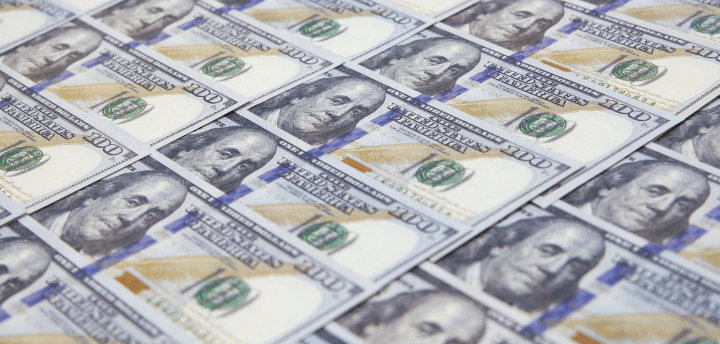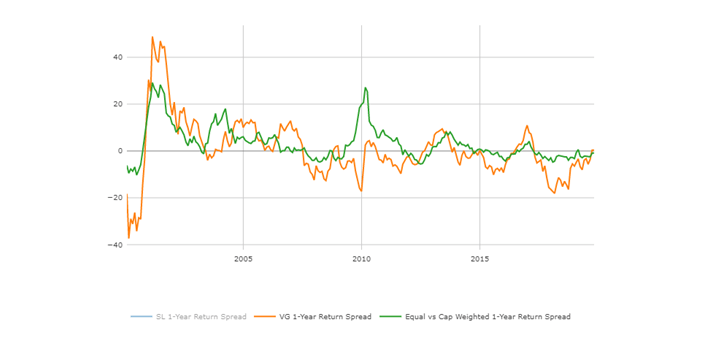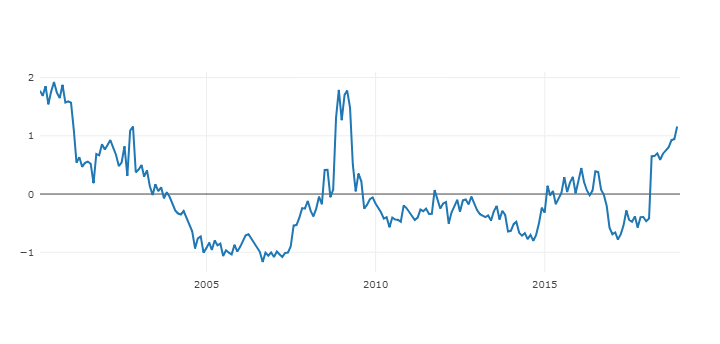US Economics and the Coronavirus
The recession started in March and is the deepest since the Great Depression. However, it may also be the shortest. Clearly, the second quarter will be a washout. Some economists believe May’s unemployment rate could hit 25% and self-imposed quarantine could cause GDP to plummet by 30%, or more, in the current three months. Social distancing and the collapses in manufacturing, consumer spending, industrial production, and employment underscore the likely deep contraction in second-quarter GDP. However, the economy is reopening in most states. As states loosen up on government-imposed restrictions, green shoots of economic life are now appearing. Air travel, hotel occupancy, and motor vehicle gas purchases are all still down substantially from a year ago, but all have also moved off their lows. Assuming some progress on the disease front, some economists predict an economic upturn after midyear.
Global Economics
Pandemic containment policies are being eased throughout the world. According to JP Morgan, the recent rebound in the developed markets composite flash PMI signals that a turn in the US and Western Europe is underway. Although survey levels remain low, the lesson from China readings over March and April is that even a modest move toward normalcy can deliver a strong initial growth bounce from depressed starting levels. The news is thus consistent with JP Morgan’s forecast that following a roughly 40% collapse this quarter, developed markets’ GDP will generate similar-sized growth next quarter. Going beyond the initial bounce though, the global growth and inflation could stay low for a while. Nevertheless, without the legacy of a severely damaged financial sector and balance sheet headwinds, the coming expansion should deliver better outcomes comparing to the last recession of 2008-2009.
Corporate Profits and Stock Market
The longest bull market hit a brick wall late February and went down by a third, or more, in about a month, becoming one of the shortest bear markets on record. Since then, stocks have recovered much of their losses on optimism about the potential economic and earnings benefits from the partial reopening of the U.S. economy. To date, nearly all of the 50 states have adopted reopening plans. As we wrote in our previous newsletter, the stock market is forward looking and clearly is anticipating better performance in our country after midyear. The first and the second quarter earnings seem less relevant to current equity prices since the value of a stock depends mostly on long-term corporate results going well past one particular year. We witnessed lower earnings in many sectors for the first quarter of 2020. Sectors such as Consumer Discretionary (including cruise lines, hotel and gaming, and apparel makers) are suffering sharp setbacks. Also hurting are airlines, oil companies, carmakers, retailers, and some banks. However, “stay at home” sectors, such as Communication Services and pockets of Technology came out barely unscathed and even saw improving demand during the lock-down.
So, following the market’s abrupt fall and dramatic rebound, the overall stock market seems to be much more reasonably priced. However, the valuation discrepancy between stocks people love and those they hate is still staggering. However, the difference did moderate a bit since the March highs (see Valuation Spread graph below). Investors forget the lessons of the Nifty Fifty and the Dot Com bubble from history and extrapolate the more recent past. The 2010-2020 decade saw concentrated Large Cap Growth leadership (FAAMG and beyond) well into the future (see Equal vs. Market Cap Weighted graph below). These companies do make money and are much more profitable in comparison to their dot com peers. We realize that some of the trends this pandemic exacerbated will persist in the future. We also think the market has already priced a lot of those trends well into the future and these Large Cap Growers are fairly priced. However, we also see that a lot of well-run companies, which have not been growing exponentially, are left behind and unjustifiably so. At some point things will go back to more normal and people will enjoy things beyond their “screen time”. We think the market is too pessimistic towards the “Back to Normal” businesses.
Actively Managed Equity Strategies
This brings us to changes we recently made during our quarterly re-balancing across actively managed equity strategies. Since nobody knows how quickly things will get back to normal or how smooth the recovery will be, we need to maintain our barbell approach: we maintain exposure to large growers which will capitalize on the current digitalization trends, while pairing up with well–run “Back to Normal” companies with great re-evaluation potential.
From a sector perspective, we still believe in Information Technology, and see potential in Industrials and Communication Services. On the defensive front we are staying neutral towards Healthcare (we think political pressure will be less than usual going into the election year). Consumer Staples represent a viable defensive sector as well, but we need to be selective here since some of the safer companies are richly priced.
We are encouraged to see Value perking up in April (see Factors heat table below). Signet also believes Small Caps could come back from the depressed levels (see Large Growth vs. Small Value graph below) and has been managing a portfolio of fundamentally sound Small Cap companies live for more than three years.
Valuation Spreads (Source – Signet FM):
Equal vs. Market Weighted 1 Yr. Return Spread (Source – Signet FM):
Large Growth vs. Small Value 2020 YTD (as of 05/26/2020) (Source – Signet FM):
Factor Performance (Top 2 quintiles of Large Cap Universe vs. SP 500) (Source – Signet FM):
The information and opinions included in this document are for background purposes only, are not intended to be full or complete, and should not be viewed as an indication of future results. The information sources used in this letter are: WSJ.com, Jeremy Siegel, PhD (Jeremysiegel.com), Goldman Sachs, JP Morgan, Empirical Research Partners, Value Line, Ned Davis Research, Citi research and Nuveen.




























































































